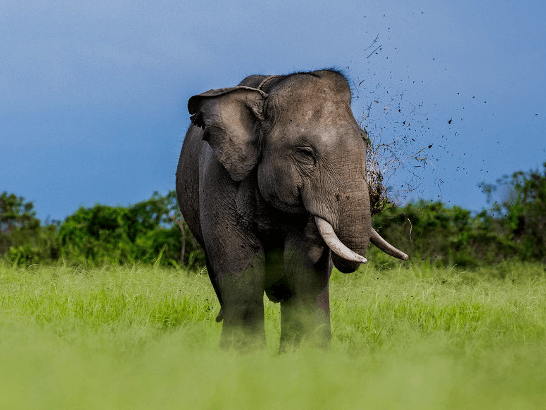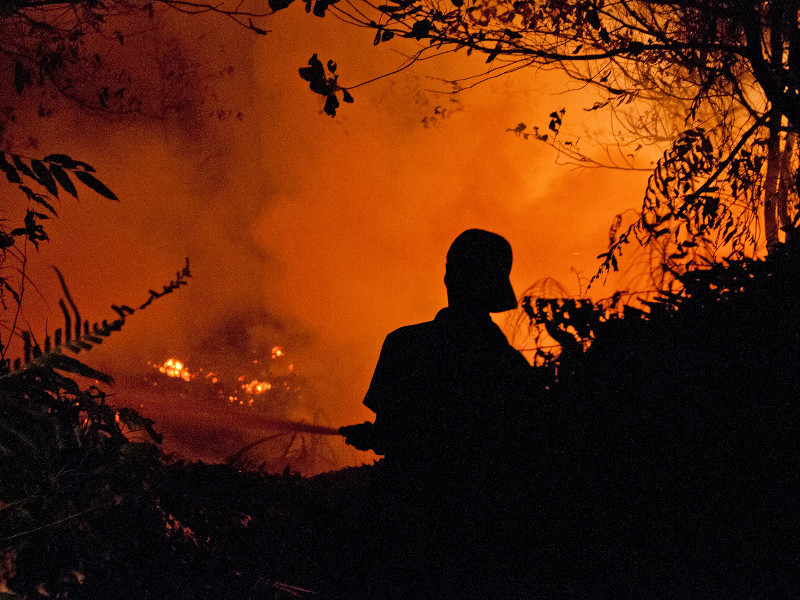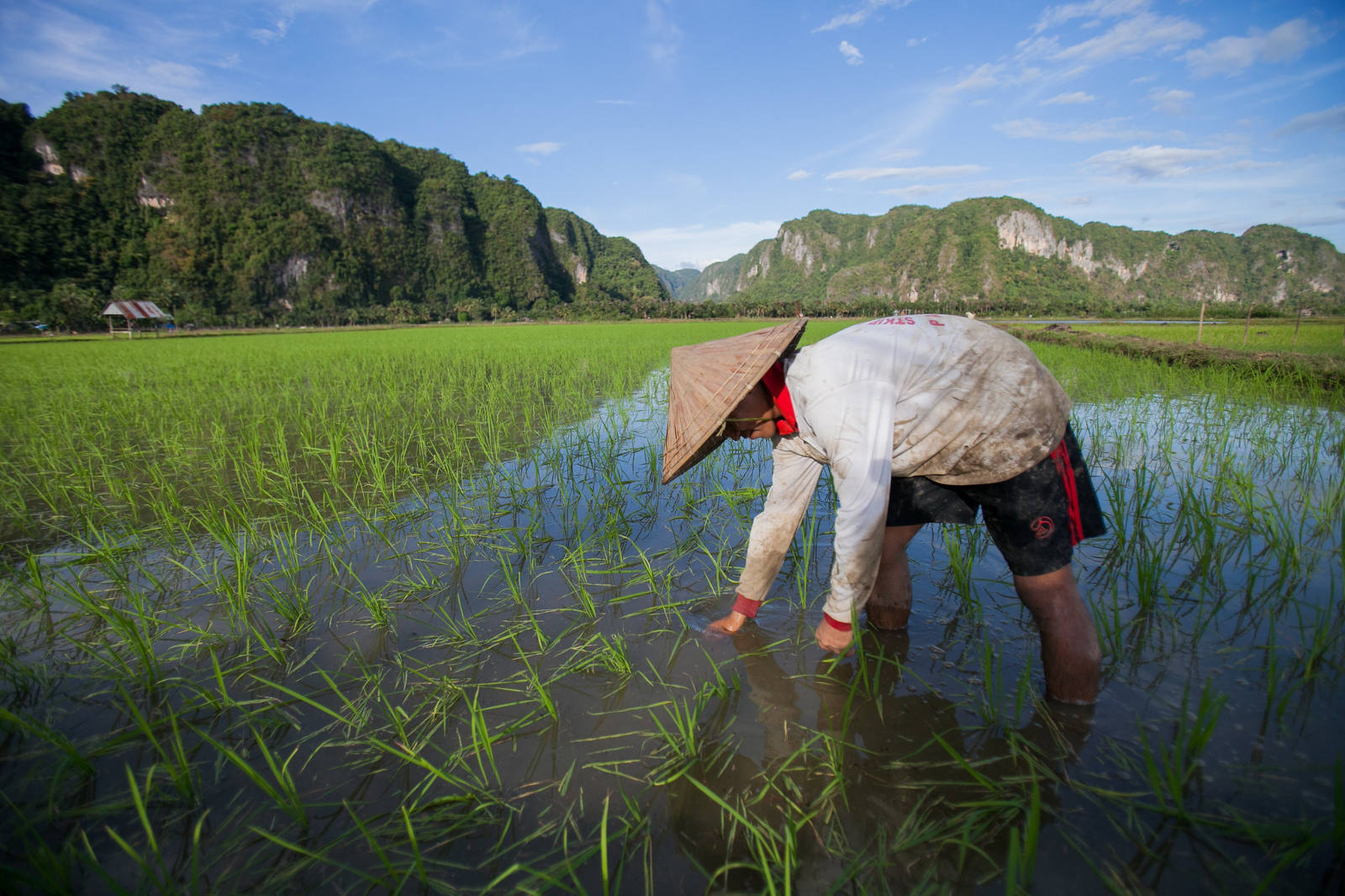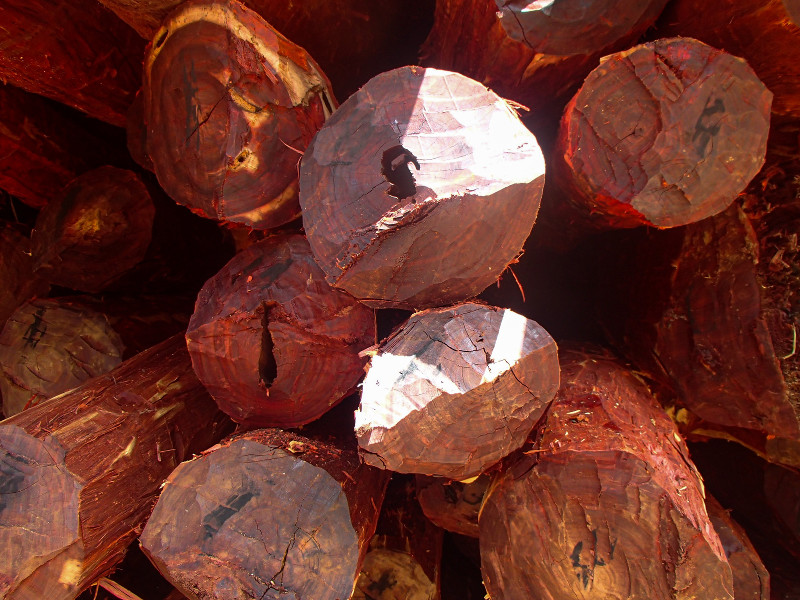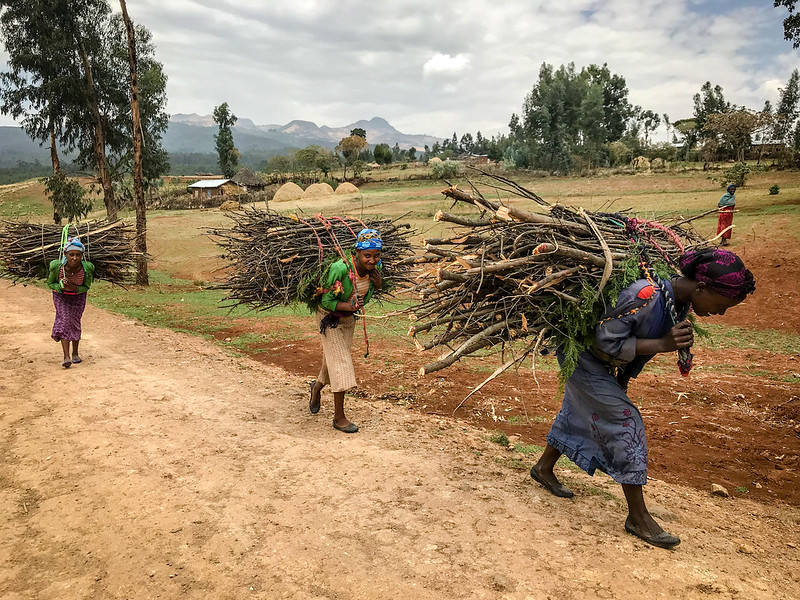Description
Northern Tanzania’s 3.5-million-hectare Tarangire ecosystem boasts the third-largest terrestrial mammal migration in East Africa. The landscape is home to over 500,000 people that traditionally depend largely on pastoralist livelihoods. However, rangeland is increasingly being degraded through poor management or lost through conversion to cultivated agriculture. The Northern Tanzania Rangeland Initiatives (NTRI)’s vision is an ecologically and economically thriving landscape that supports both people and wildlife. NTRI has been working for 10 years with an approach that includes securing land tenure for communities, working with communities to develop land management plans responsive to community grazing and biodiversity needs, building capacity for rangeland governance, and improving rangeland management through a rotational grazing system, and delivering livelihood support programs. NTRI is looking to develop a carbon project based on soil carbon sequestration from improved rangeland management (IRM) through a rotational grazing system to provide long-term sustainable financing to support community-led rangeland governance and community development programs.
The project is located in communally managed rangelands across three districts (i.e. Simanjiro, Longido, and Monduli). As part of the development of the carbon project, a study is required to understand current soil carbon stocks and dynamics across the project locations, which needs to be repeated periodically (likely every 5 years). Soil and vegetation sampling and analysis are required to measure the current stocks of soil carbon under existing rangeland management, and to develop and evaluate a soil carbon model to estimate baseline impacts on soil carbon stocks and potential climate impacts from IRM. The output from this baseline study forms the basis for monitoring carbon stock changes from IRM techniques and rangeland health across this landscape.












